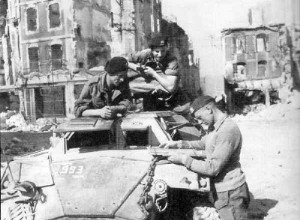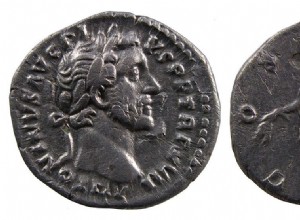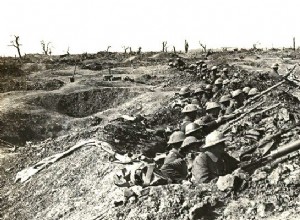November 42:the Allies attempt a daring coup:take TunisFour days after the breaking of Rommels lines at El-Alamein, on November 4, 1942, the Allied forces landed in Morocco and in Algeria.Their leader, General Dwight D. Eisenhower, had to face very serious political and military difficulties:the ris




